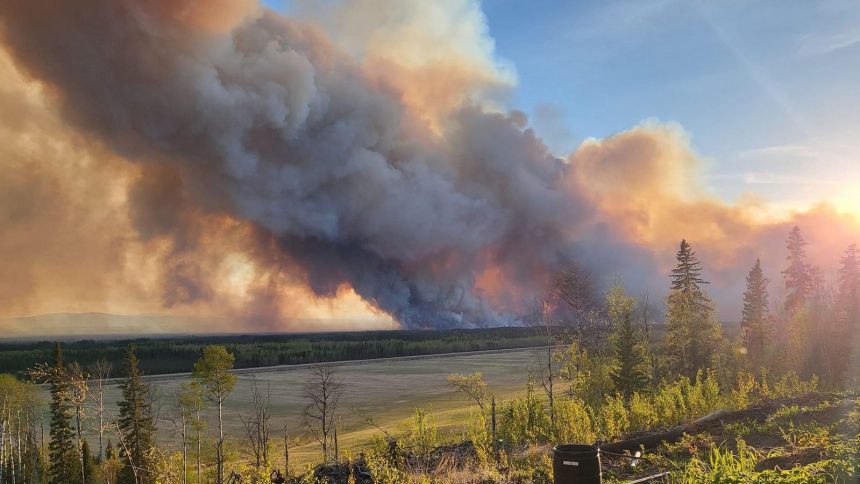This coverage is possible thanks to a collaboration between Grist and Interlochen Public Radio in Northern Michigan. Wildfires in Western and Central Canada have rapidly spread this week, leading to the evacuation of thousands of people. Smoke has swept into the Midwest, causing air quality alerts in multiple states and bringing back memories of last year’s smoky conditions.
According to Matt Taraldsen from the Minnesota Pollution Control Agency, the smoke from the wildfires was visible for miles and even affected taste and smell. The increase in wildfires and deteriorating air quality is largely attributed to climate change, with dry conditions and strong winds fueling the blazes.
New markers have been added to Canada’s air quality index specifically for wildfires, indicating extremely poor air quality. Last year, Canada experienced its worst wildfire season on record, forcing millions to evacuate. As a response, improving indoor air quality through purifiers and other methods is gaining traction at the federal level.
Forecasting air quality impacted by wildfires is challenging due to the unpredictability of smoke movement. While resources are prioritized for fires that threaten lives and infrastructure, those in remote areas may not receive immediate attention. Indigenous communities often bear the brunt of wildfires, prompting efforts to update fire protection strategies.
Canada has implemented various measures to address wildfires, including international cooperation and additional funding for response efforts. The focus on prevention and mitigation remains crucial in protecting properties and communities from future wildfires.






